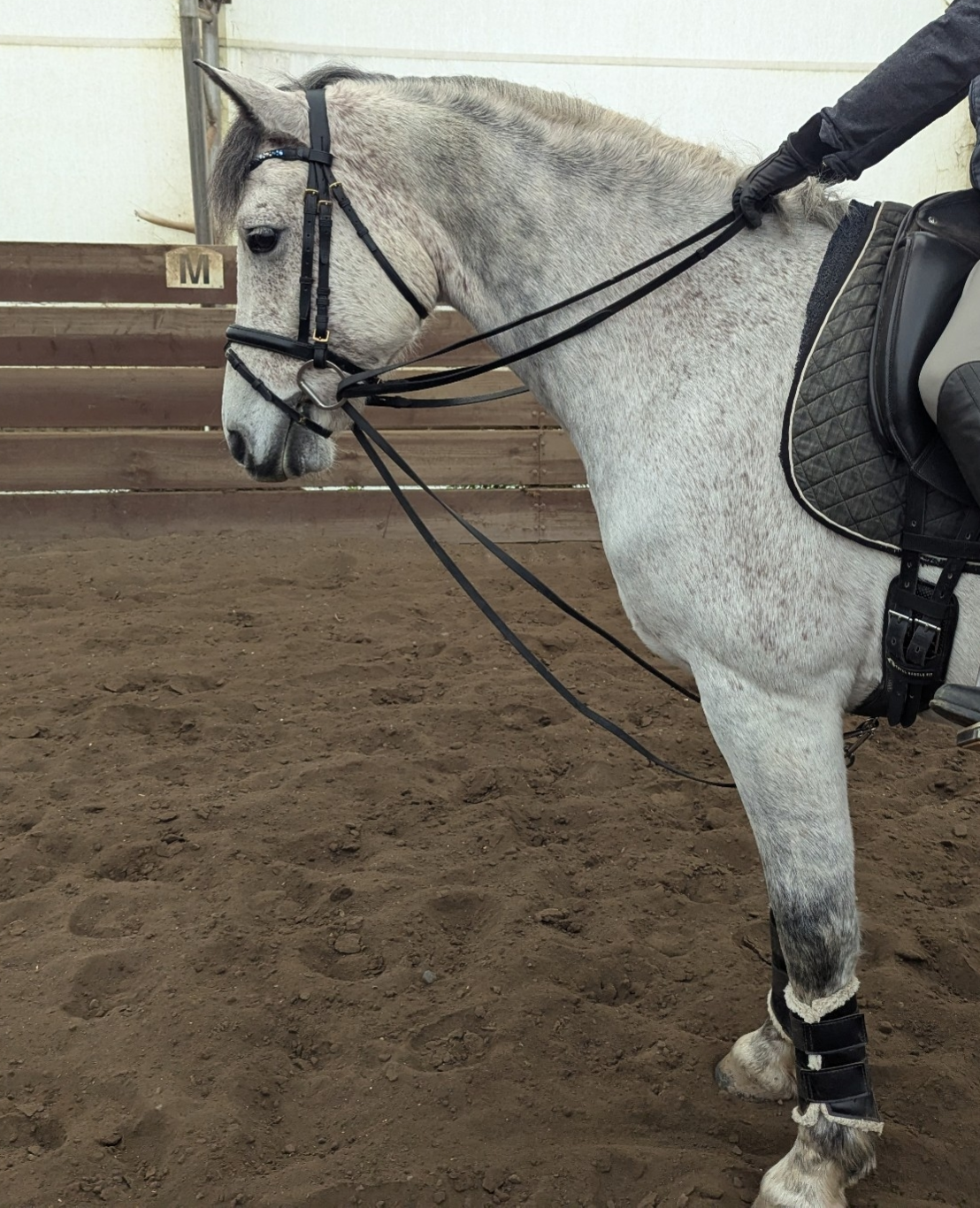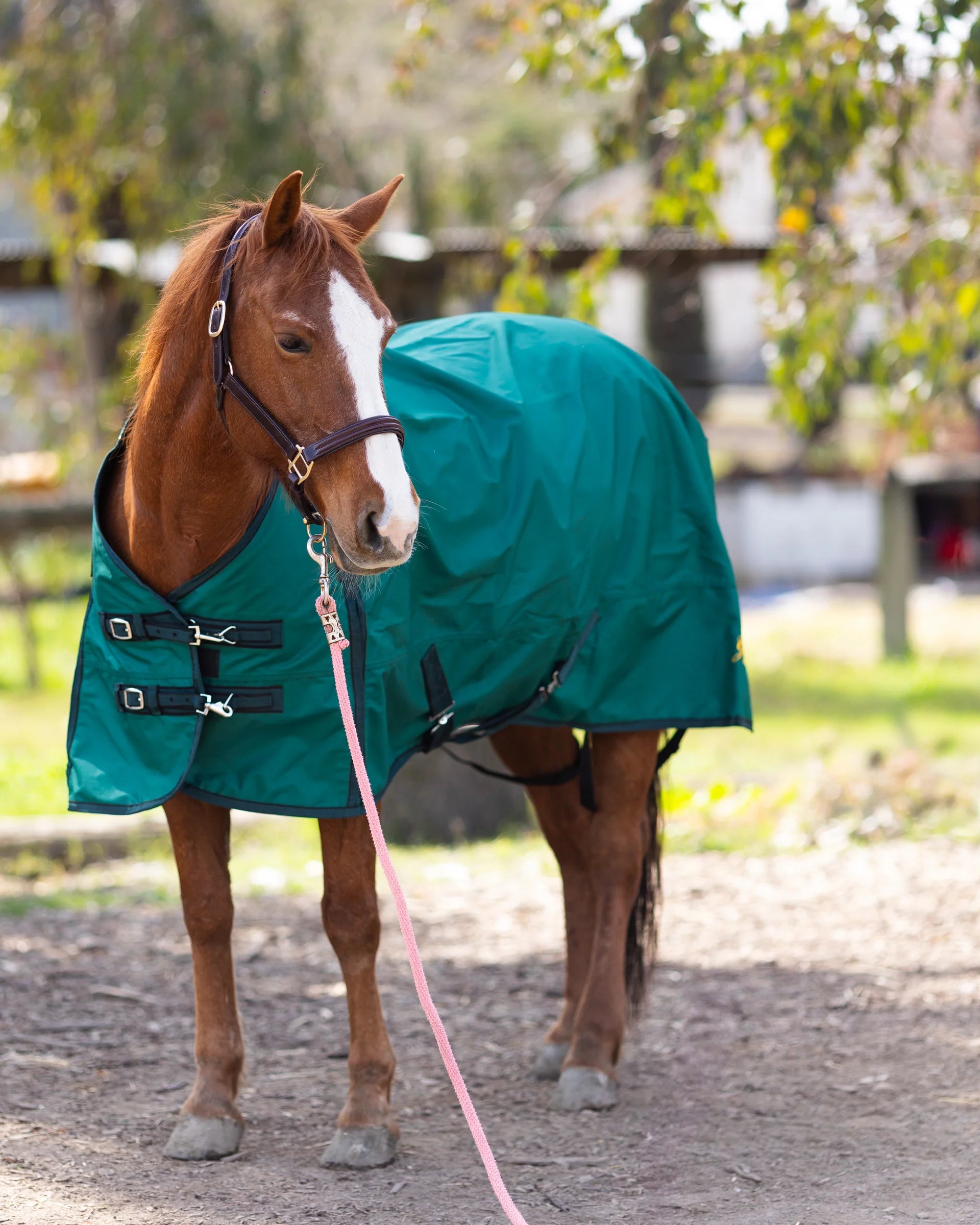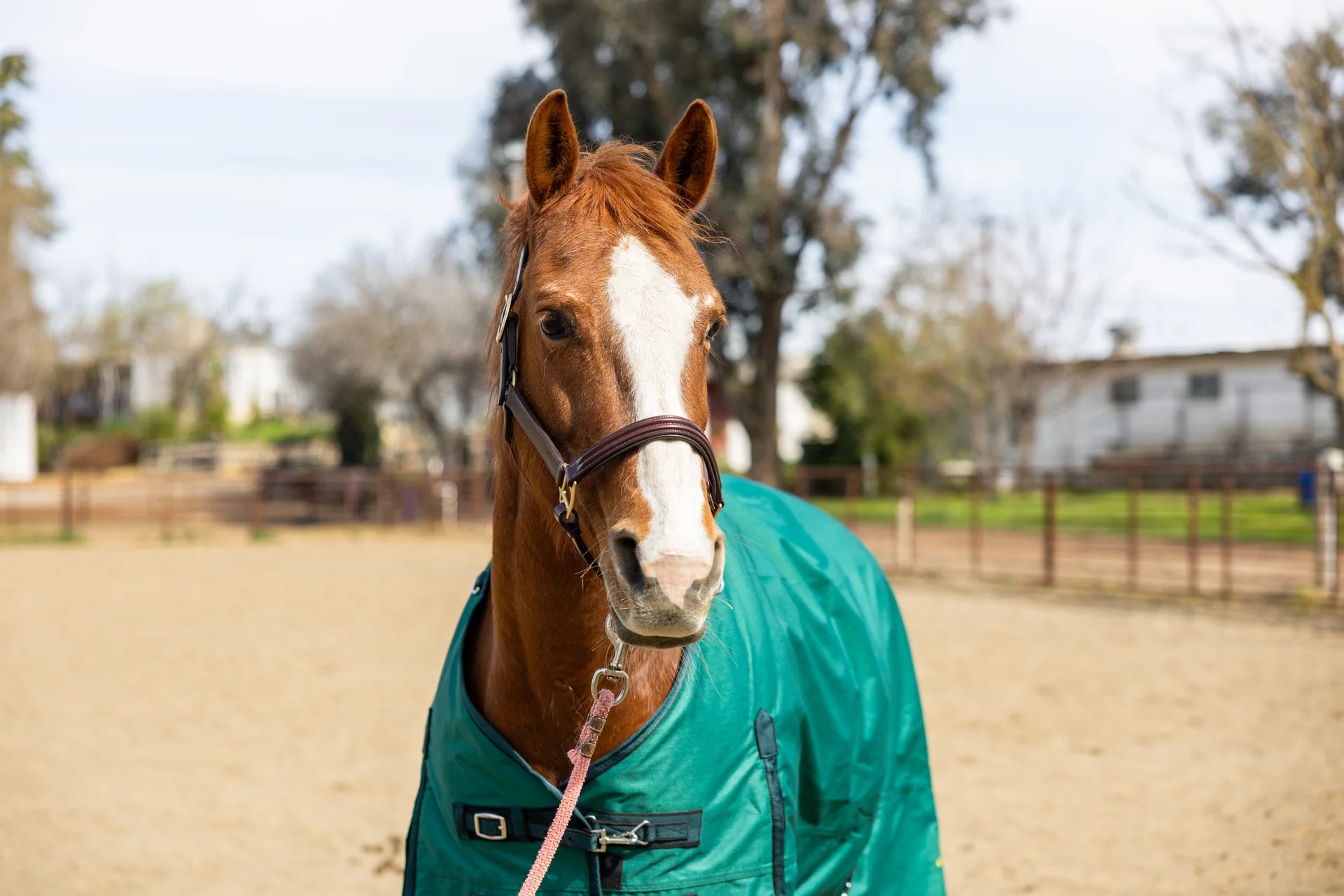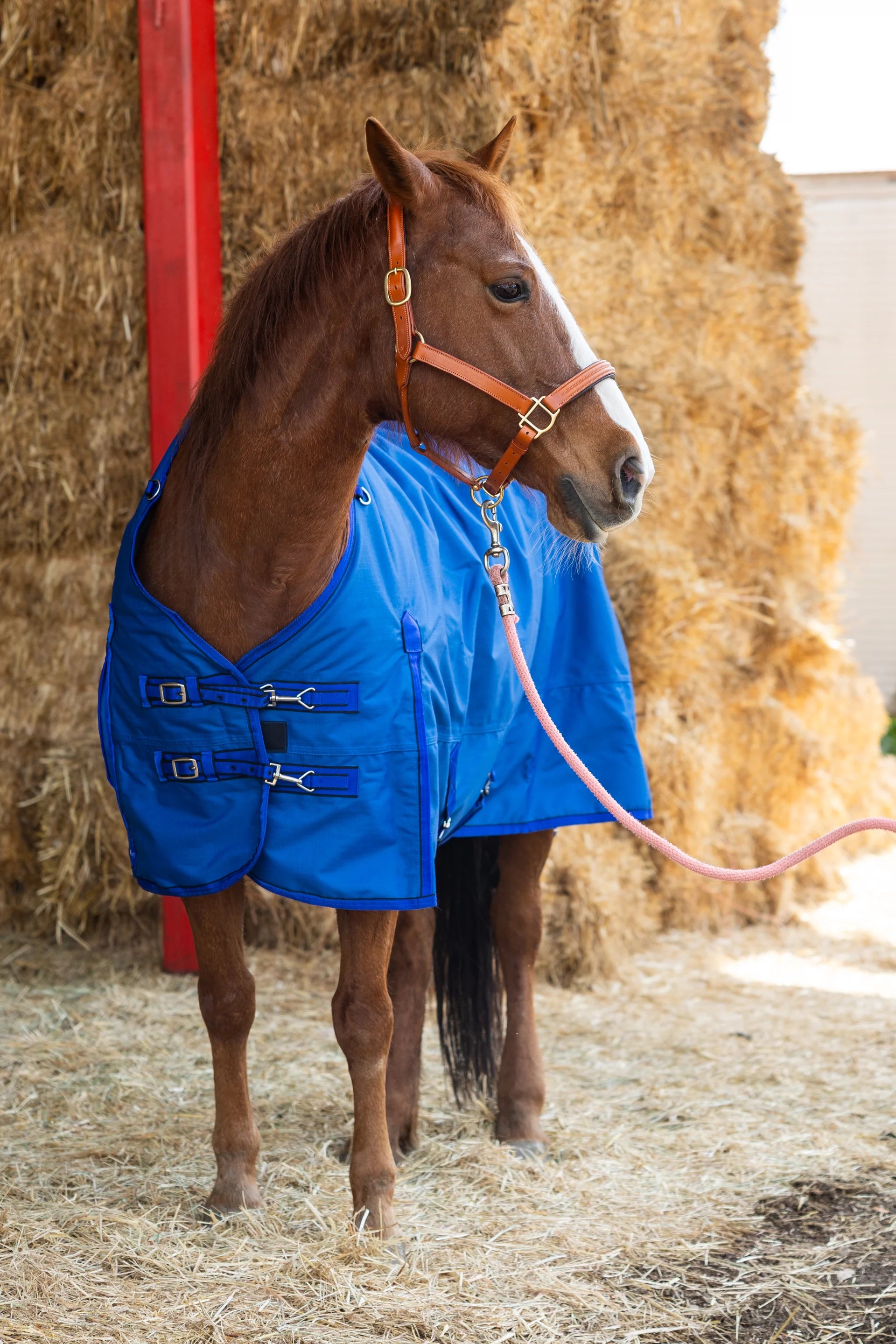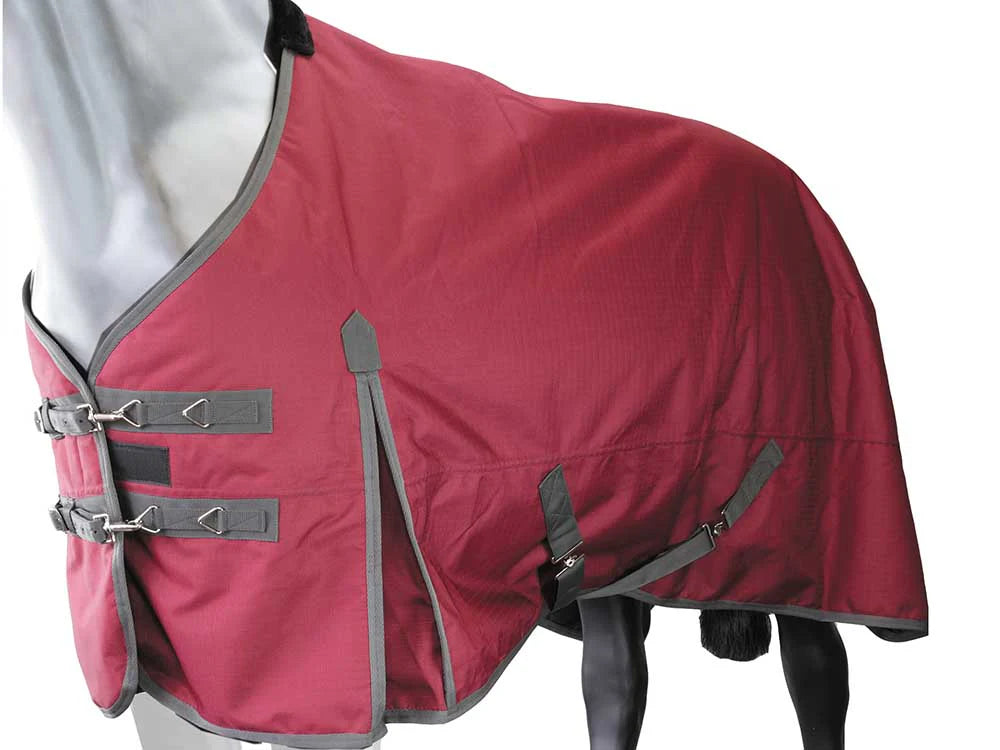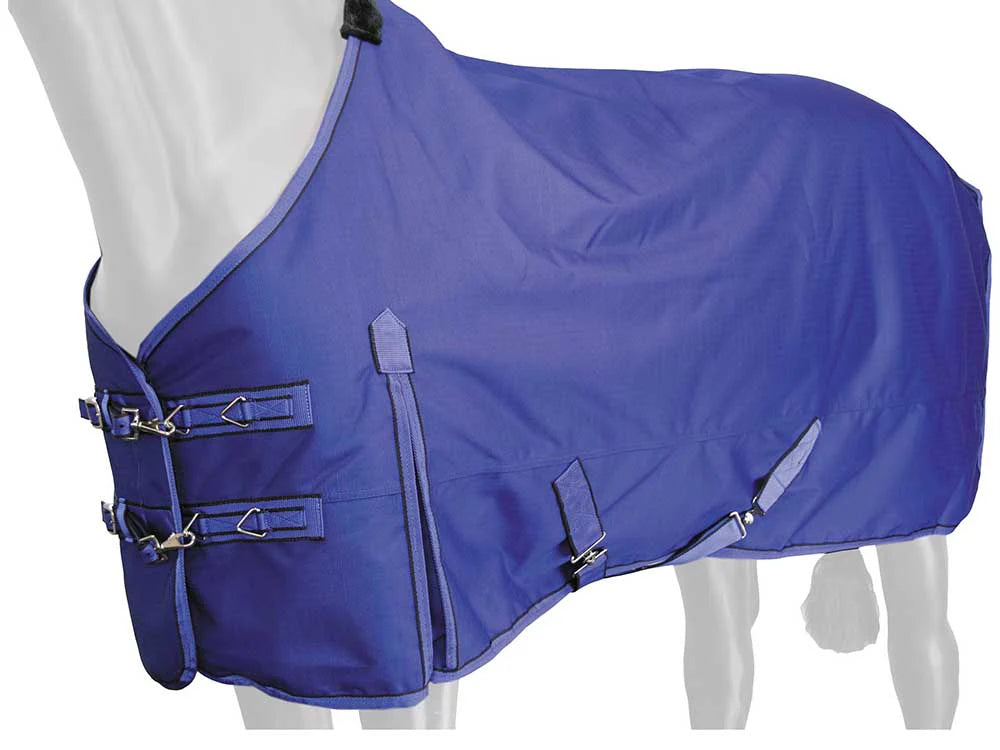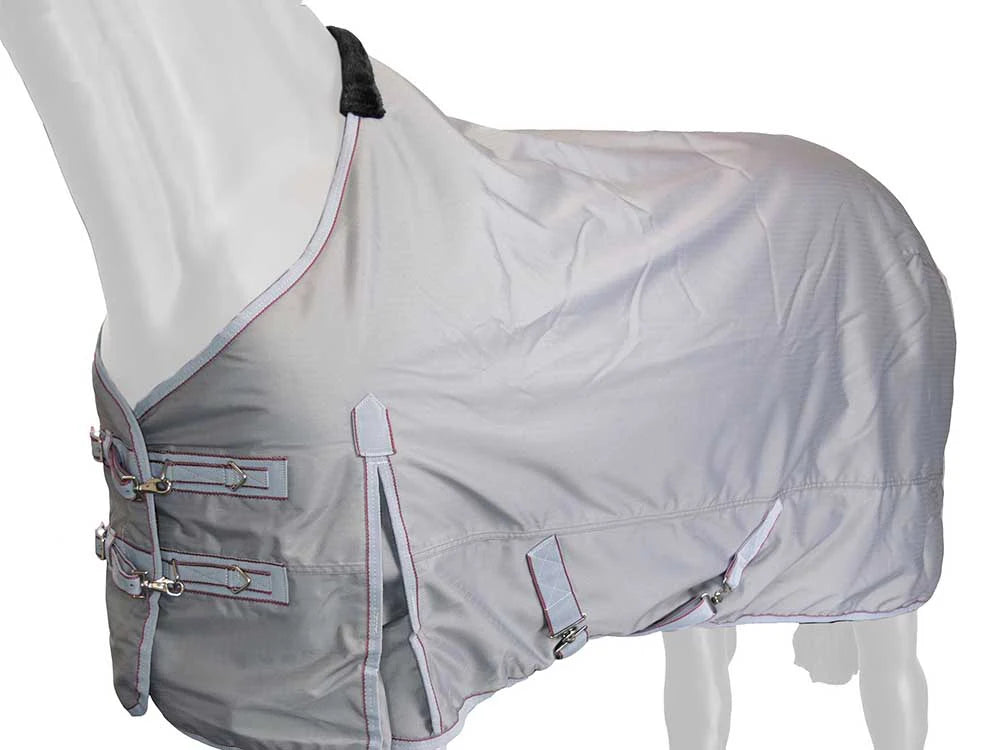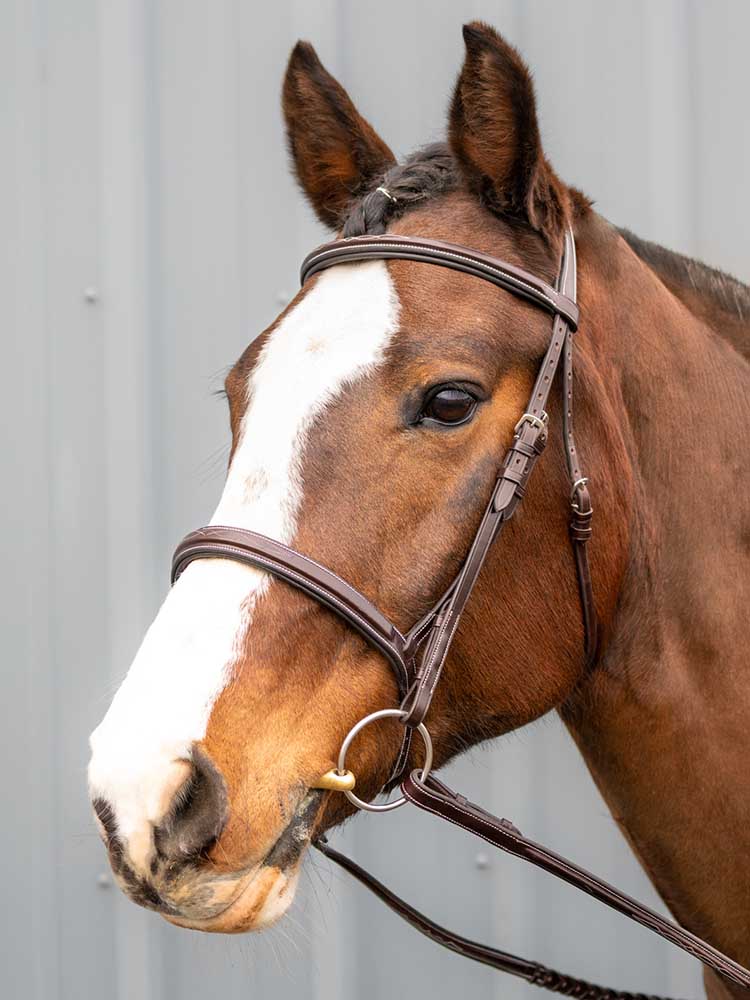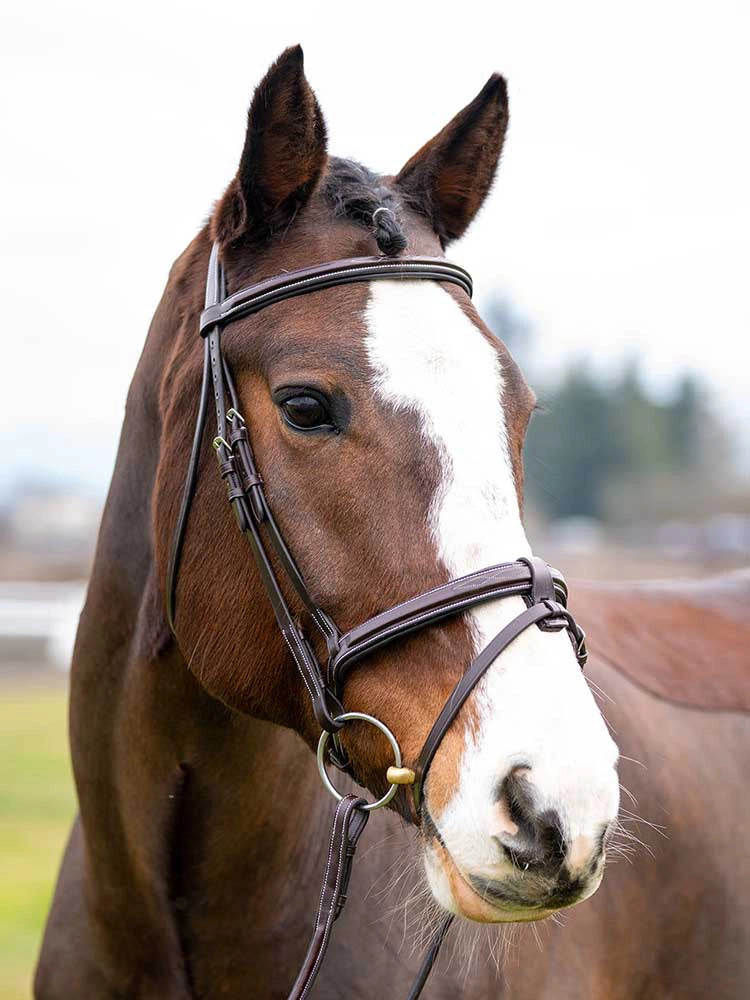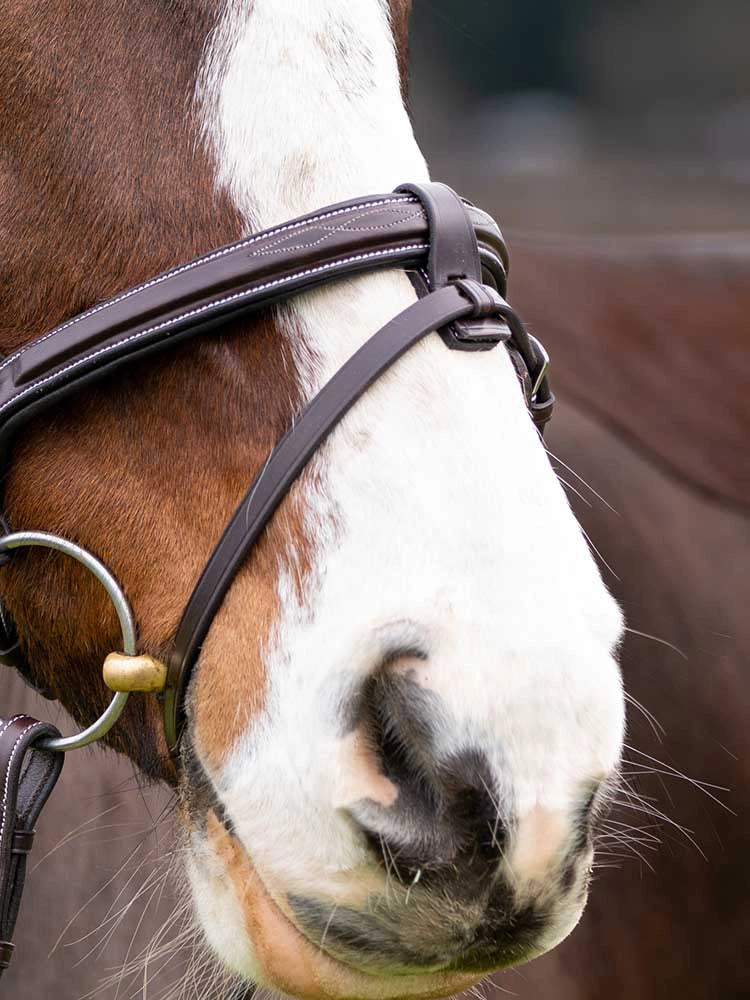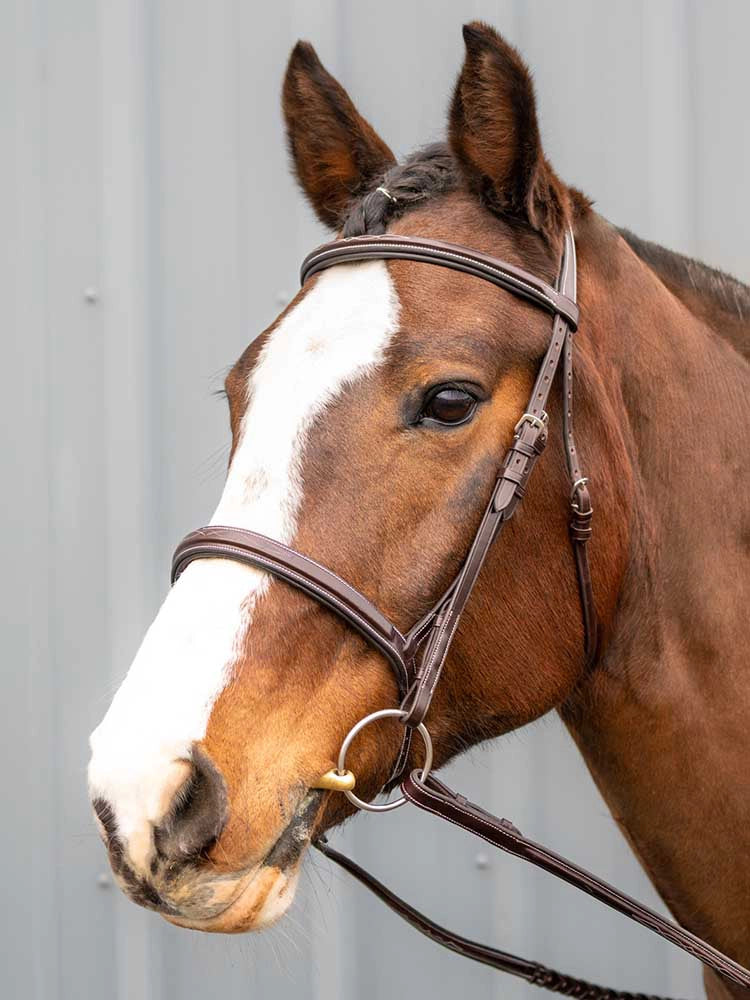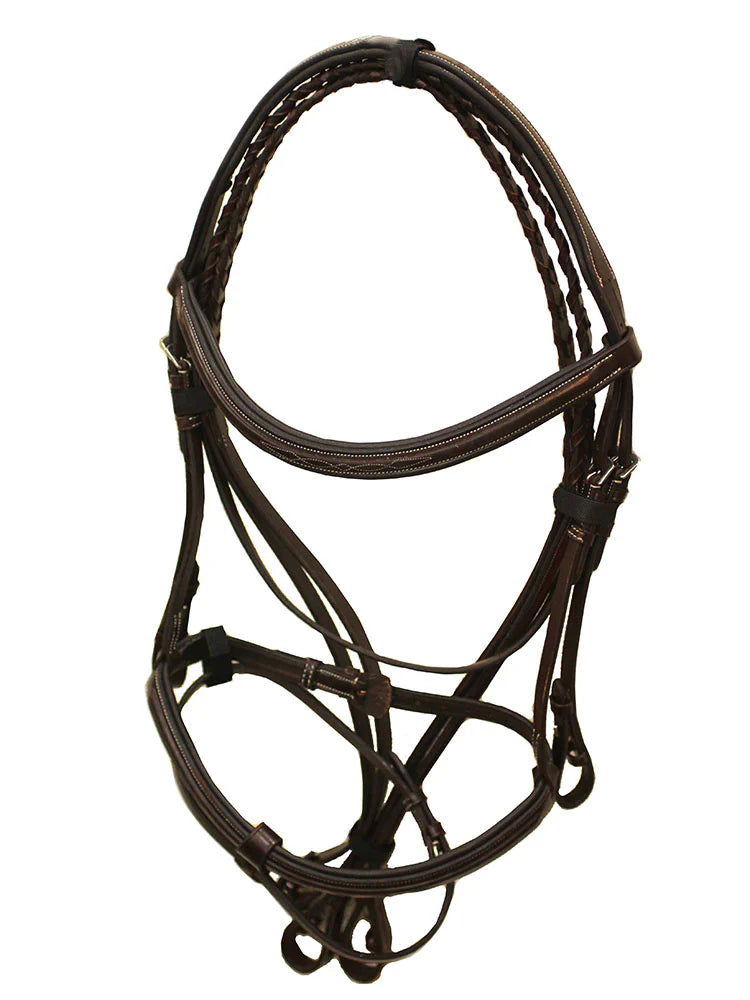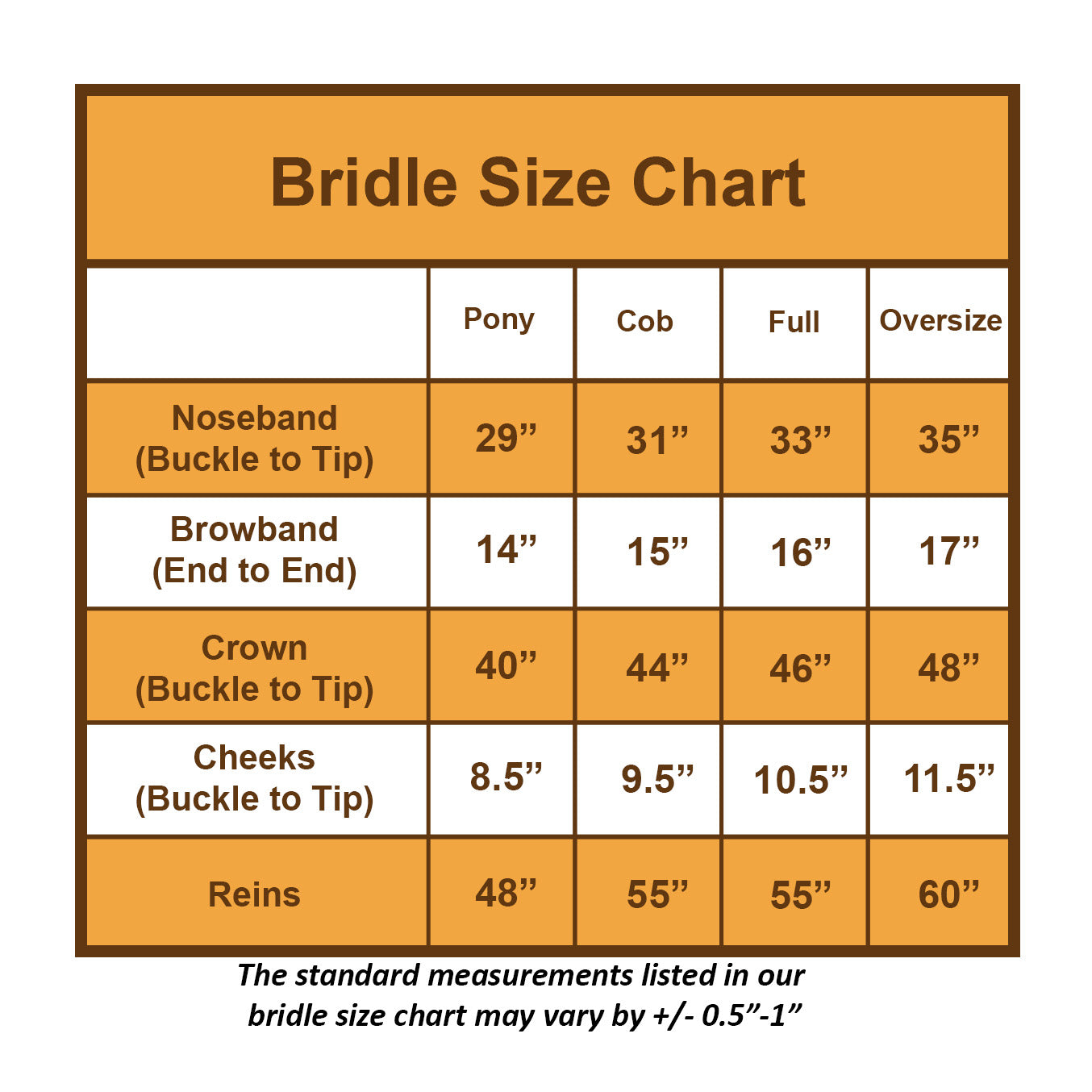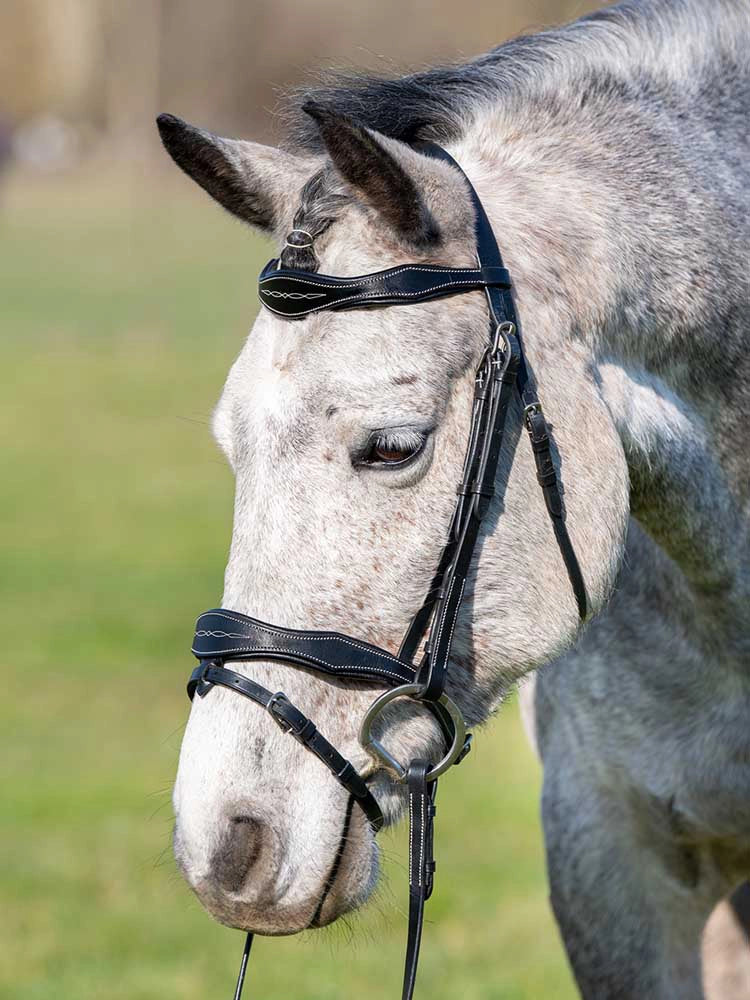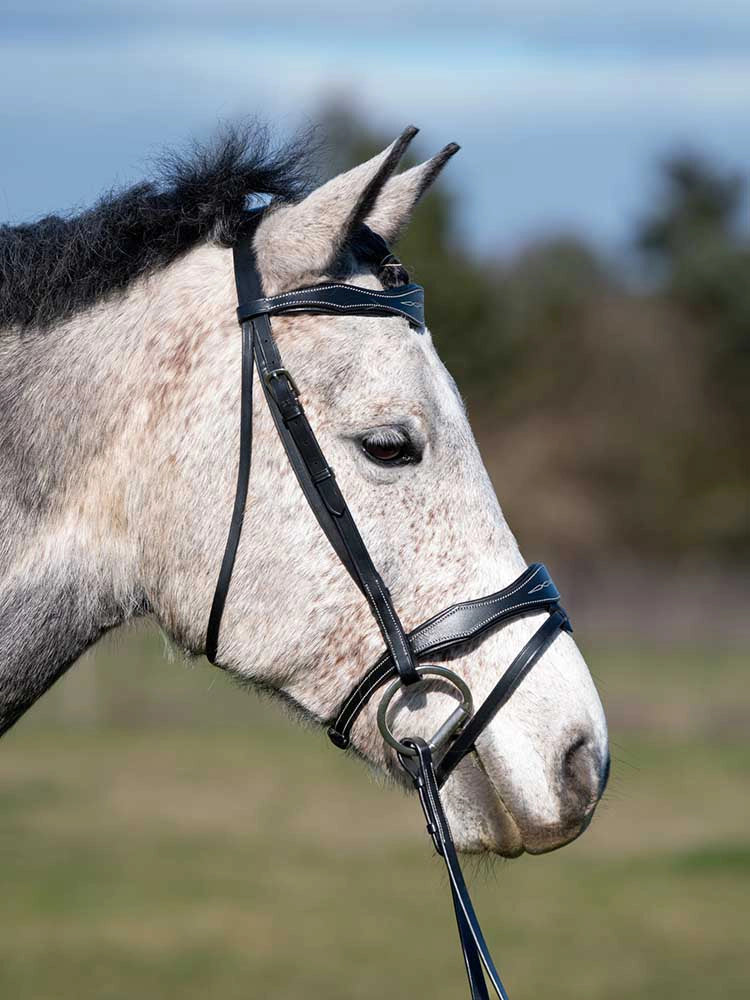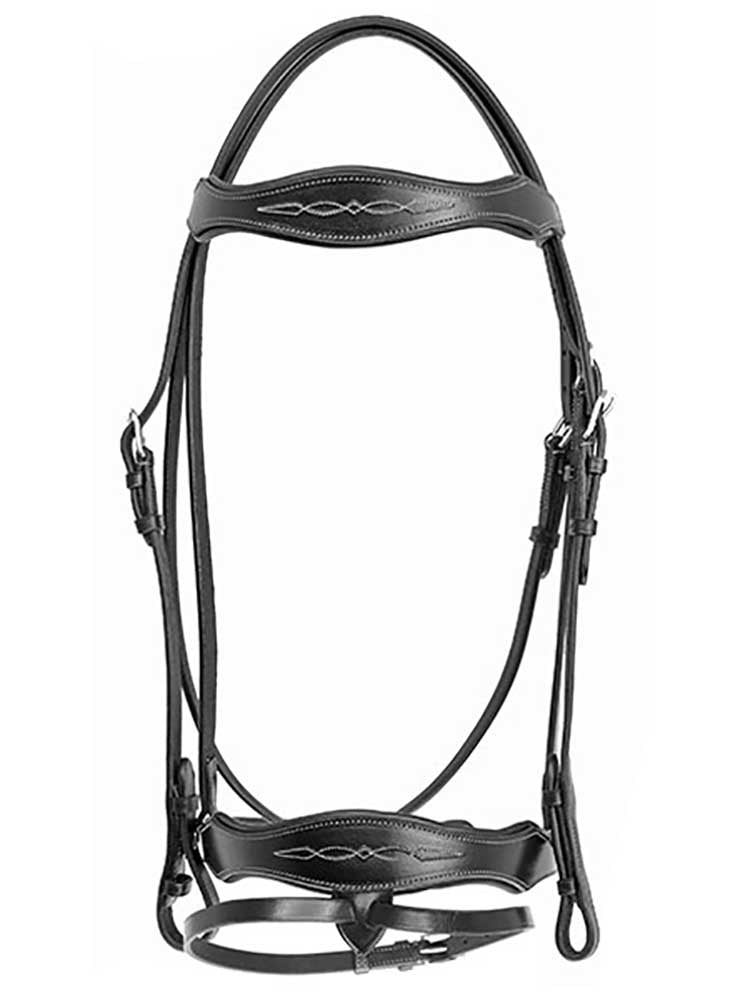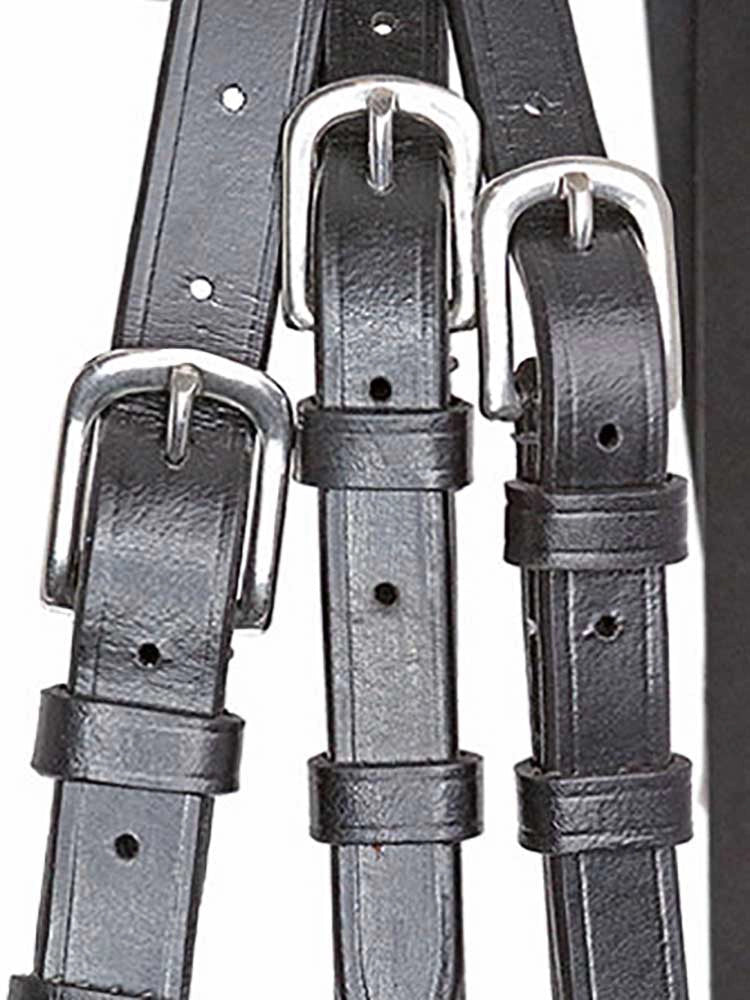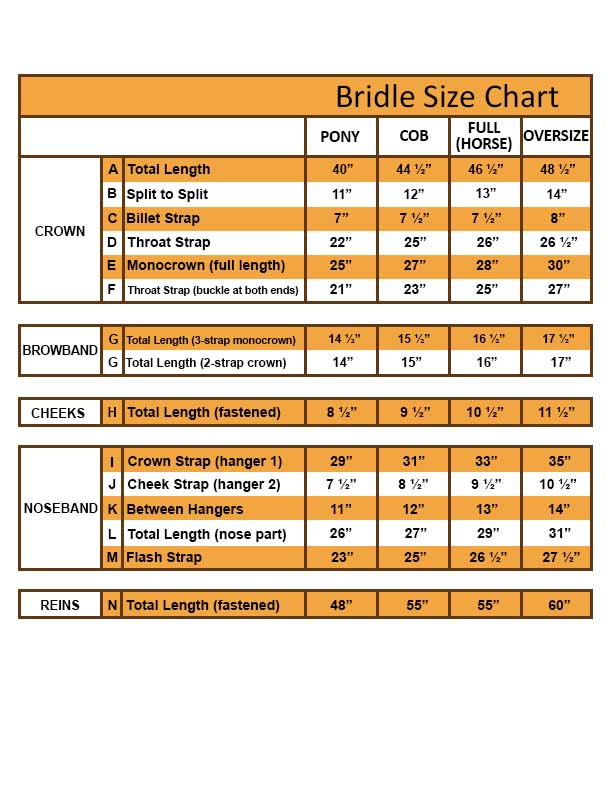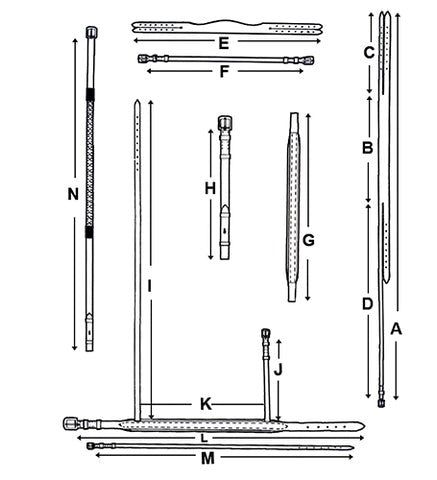Draw reins for horses can be a powerful tool in the hands of a skilled rider. When used thoughtfully, they help guide your horse toward better balance, responsiveness, and softness through the poll and jaw. However, they must never replace good training. Instead, think of them as an occasional aid to reinforce your horse’s understanding of contact and collection.
What Are Draw Reins and How Do They Work?
Draw reins run from the girth, pass through the snaffle bit rings, and then connect to your hands. This creates a pulley-like effect, doubling the influence of your hands. Because of this, draw reins must be used with care and never on their own. Always ride with both your regular reins and the draw reins.
To hold both reins correctly:
-
Place the draw reins between your middle and ring fingers
-
Place the snaffle reins between your ring and pinky fingers
This setup mimics the rein hold used with a double bridle, helping you maintain gentle contact without relying too heavily on the draw reins. Often, just the weight of the draw reins encourages your horse to soften and come round without needing extra pressure.
When and Why to Use Draw Reins
Used properly, draw reins can help your horse:
-
Learn to give to bit pressure and flex at the poll
-
Develop roundness in the neck and back
-
Improve balance and contact
-
Stay calm and focused during schooling rides or when refining flying changes
Draw reins are best suited for flatwork in a controlled environment like an arena. They are not designed for jumping or trail riding, where movement and environmental variables can make them a safety risk.
One of the key benefits of draw reins is their ability to encourage softness in horses that brace against the bit. But they are not a long-term fix. Once your horse learns to flex and soften through gentle contact, remove the draw reins and ride on the snaffle alone to maintain natural balance.
Avoid Common Mistakes
It is critical not to use draw reins by themselves. Doing so can overbend your horse, causing them to curl their nose too far toward their chest. This compromises both the horse’s balance and your ability to stop effectively. In western riding, this is known as "swallowing the bit." Whether the horse raises its head or tucks it too far in, both lead to a loss of communication.
Overuse can also make your horse dependent on the reins for posture, rather than learning to carry themselves correctly. Use draw reins sparingly and as a transitional tool.
Featured Product: Grewal Equestrian Leather Draw Reins
If you’re looking for high-quality draw reins for horses, consider the Grewal Equestrian Leather Draw Reins with Snap Hooks and Girth Loop.
Why Riders Love Them
-
Made with premium, easy-to-hold leather at a half-inch width
-
Stainless-steel snap hooks make attachment simple and secure
-
Includes a girth loop for proper positioning
-
Available in Havana and Cherry leather to match your tack
These reins are ideal for schooling, especially when paired with your usual snaffle bridle and reins. Lightweight yet strong, they offer subtle guidance without bulk or stiffness.
Draw reins for horses are best used by riders with a solid understanding of contact and balance. When used correctly, they can be an excellent aid to help your horse round, flex, and soften into the bridle. Always ride with both reins, avoid pulling, and take them off once the message is received.
As with any tool, their effectiveness depends on the hands that use them. Respect your horse’s mouth, listen to their response, and train for lightness, not just submission.
